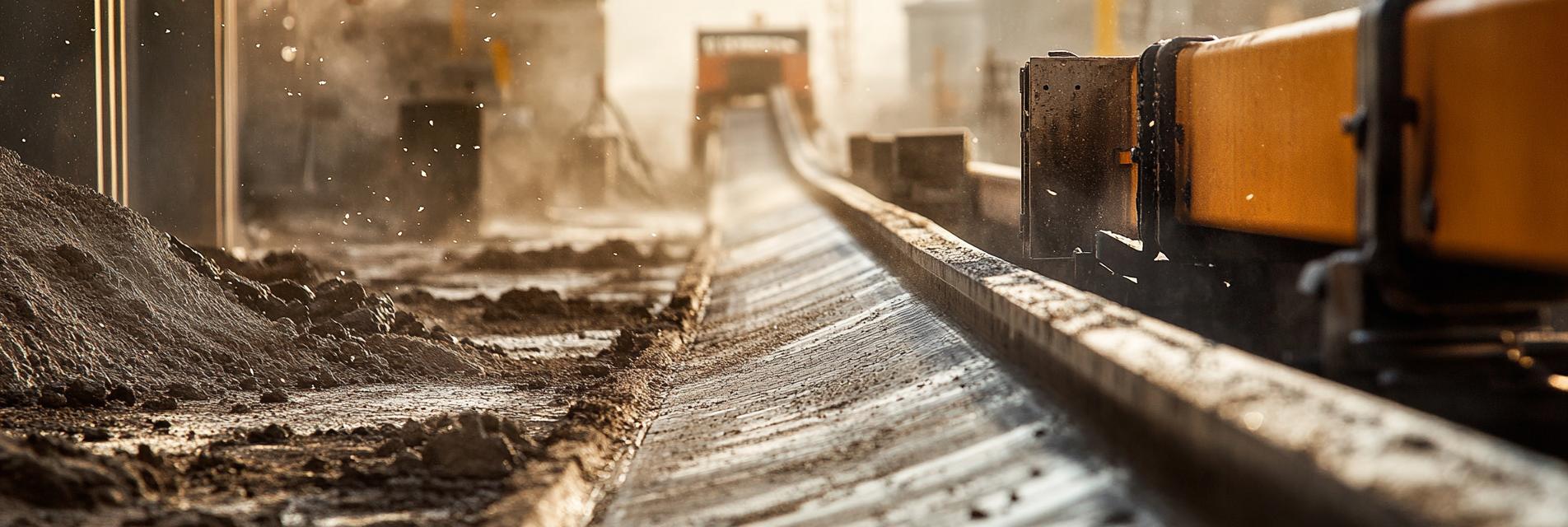High-angle conveyor belts are specialized systems designed for the efficient transport of materials at steep angles. Their application in industrial logistics and material handling is crucial, particularly in sectors such as mining, agriculture, and recycling. However, the performance of these conveyors is heavily influenced by various environmental factors.
Extreme temperatures can affect the material properties of both the conveyor belt and the materials being transported. High temperatures may cause materials to soften or degrade, whereas low temperatures can lead to brittleness and cracking. To mitigate these issues, it is essential to select the appropriate materials and designs that can withstand specific temperature ranges.
Humidity impacts the character of bulk materials, potentially leading to clumping or increased friction during transport. This can significantly hinder the efficiency of the conveyor system. Implementing moisture-resistant coatings and using materials that reduce friction can enhance performance.
The presence of dust and debris can create wear and tear on the conveyor components, leading to increased maintenance costs and downtime. It is crucial to incorporate effective cleaning systems and preventive maintenance schedules.
To ensure the efficiency of high-angle conveyor belts, it is vital to continuously assess and adapt to environmental changes. This includes regular monitoring and analysis of the operating conditions, as well as investing in technology that enhances the adaptability of the conveyor systems.
Understanding the influence of environmental factors on high-angle conveyor belts is key for optimizing their performance within material handling systems. By proactively addressing these challenges, industries can improve their operational efficiency and maintain a competitive edge in industrial logistics.

